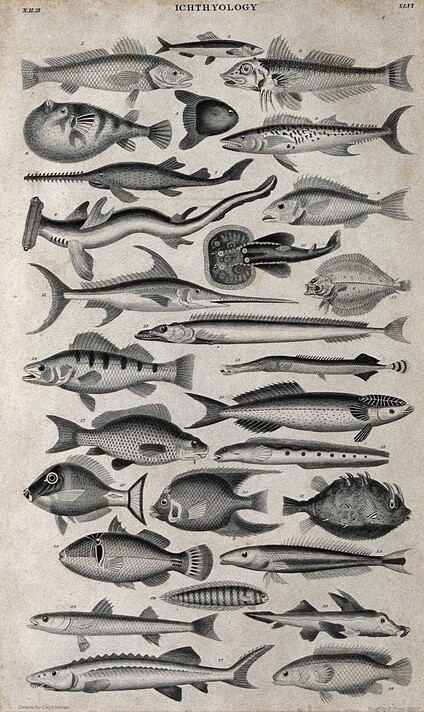Stream objects
A pikepdf.Stream object works like a PDF dictionary with some encoded
bytes attached. The dictionary is metadata that describes how the stream is
encoded. PDF can, and regularly does, use a variety of encoding filters. A
stream can be encoded with one or more filters. Images are a type of stream
object.
This is not the same type of object as Python’s file-like I/O objects, which are sometimes called streams.
Most of the interesting content in a PDF (images and content streams) are inside stream objects.
Because the PDF specification unfortunately defines several terms that involve the word stream, let’s attempt to clarify:

When it comes to taxonomy, software developers have it easy.
- stream object
A PDF object that contains binary data and a metadata dictionary that describes it, represented as
pikepdf.Stream, a subclass ofpikepdf.Object. In HTML this is equivalent to a<object>tag with attributes and data.- object stream
A stream object (not a typo, an object stream really is a type of stream object) in a PDF that contains a number of other objects in a PDF, grouped together for better compression. In pikepdf there is an option to save PDFs with this feature enabled to improve compression. Otherwise, this is just a detail about how PDF files are encoded. When object streams are present, pikepdf automatically decompresses them as necessary; no special steps are needed to access a PDF that contains object streams.
- content stream
A stream object that contains some instructions to draw graphics and text on a page, or inside a Form XObject, and in some other situations. In HTML this is equivalent to the HTML file itself. Content streams only draw one page (or canvas, for a Form XObject). Each page needs its own content stream to draw its contents.
- Form XObject
A group of images, text and drawing commands that can be rendered elsewhere in a PDF as a group. This is often used when a group of objects are needed at different scales or on multiple pages. In HTML this is like an
<svg>. It is not a fillable PDF form (although a fillable PDF form could involve Form XObjects).- (Python) stream
A stream is another name for a file object or file-like object, as described in the Python
iomodule.
Reading stream objects
Fortunately, pikepdf.Stream.read_bytes() will apply all filters
and decode the uncompressed bytes, or throw an error if this is not possible.
pikepdf.Stream.read_raw_bytes() provides access to the compressed bytes.
Three types of stream object are particularly noteworthy: content streams, which describe the order of drawing operators; images; and XMP metadata. pikepdf provides helper functions for working with these types of streams.
Reading stream objects as a Python I/O streams
You were warned about terminology.
To preserve our remaining sanity, you cannot access a stream object as a file-like object directly.
To efficiently access a pikepdf.Stream as a Python file object, you may do:
pdf.pages[0].Contents.page_contents_coalesce()
filelike_object = BytesIO(pdf.pages[0].Contents.get_stream_buffer())